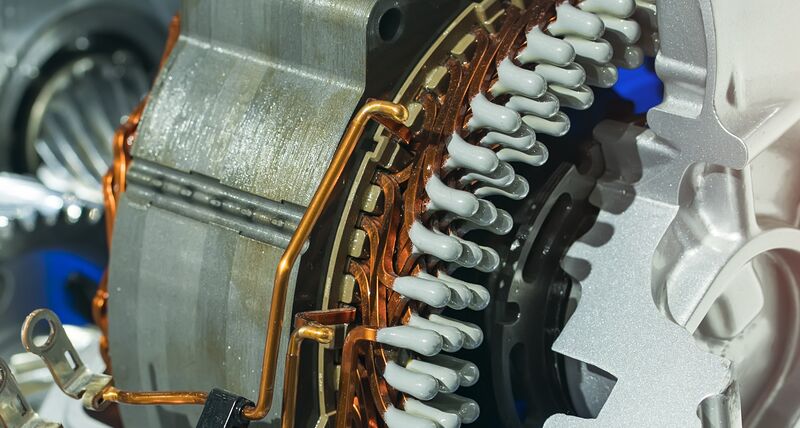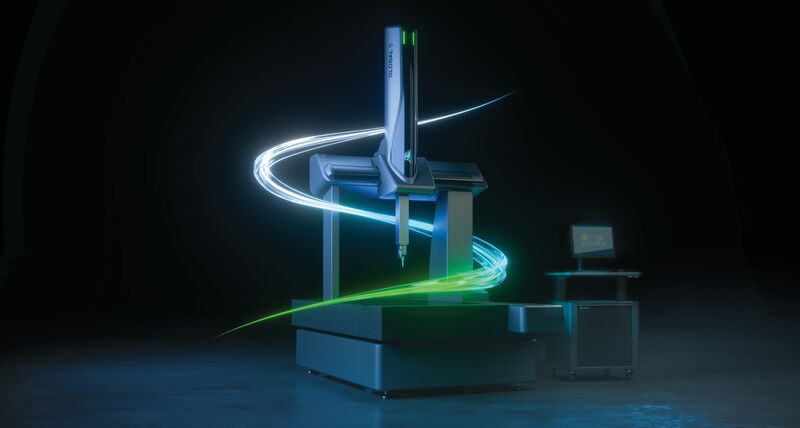Electric motor hairpin form measurement
Electric motor hairpins require accurate dimensional inspection of the external surface to ensure the correct form
Contact us

Electric motor hairpin inspection involves capturing complete surface data of the bent pins. Hairpins have a tight form tolerance and are easily deformed when clamped or bent into shape. And the smaller the bending radius, the bigger the deformation of the wire and the impact on the thickness of the insulation layer.
Given their fragile nature and freeform structure, electric motor hairpins are best inspected using high accuracy, non-contact sensors. Using non-contact sensor technology prevents measurement errors and part damage arising from probing forces that can deform the hairpin during measurement. A non-contact measurement method also supports the high throughput required by the automotive industry, while capturing relevant data for design and manufacturing processes.
With the volume of hairpins produced, a good verification approach is to create a digital master pin that is later used to verify serial production. High-data density and non-contact scanning makes it simple to reverse engineer master hairpins. Stator manufacturers typically use a master pin as the template for evaluating the deformation and spring back of a manufactured hairpin, as well as the distance between pin legs and the bending angles. A CMM with indexing head and a laser line scanner provides the rich data capture required by this application, providing point cloud data that can be exported to CAD. Using a laser scanner with a small stand-off distance ensures a suitable length of the scanning line and good adaptivity to the shiny surfaces of electric motor hairpins. The dynamics of the CMM, along with the wrist that automatically rotates the sensor to the required angle, contribute to further increase the throughput.
During serial production the same measurement solution can be used to verify the produced hairpins. A nominal-to-actual comparison between each produced hairpin and the digital master is carried out based on the scanned data.
Our solutions
High-accuracy CMMs
Leitz Reference Xi high accuracy coordinate measuring machines (CMMs) support electric motor hairpin measurement with a wide range of sensors and probe heads.
Flexible and accurate measurement
The GLOBAL S line provides a variety of flexible CMM solutions with good accuracy and machine dynamics that can be tailored to the needs of hairpin form inspection.



